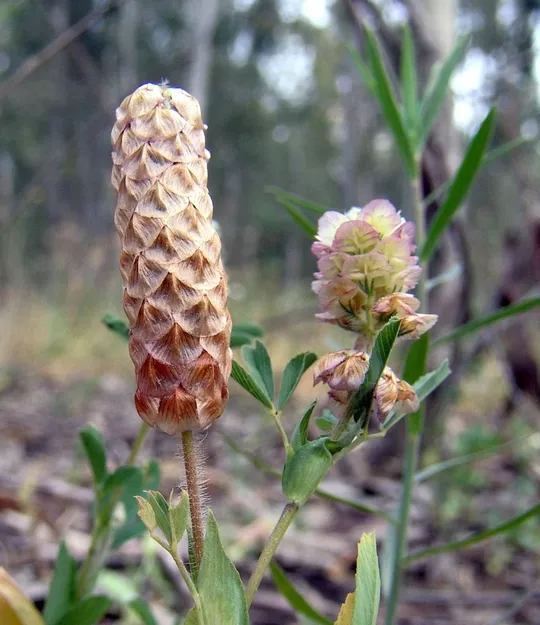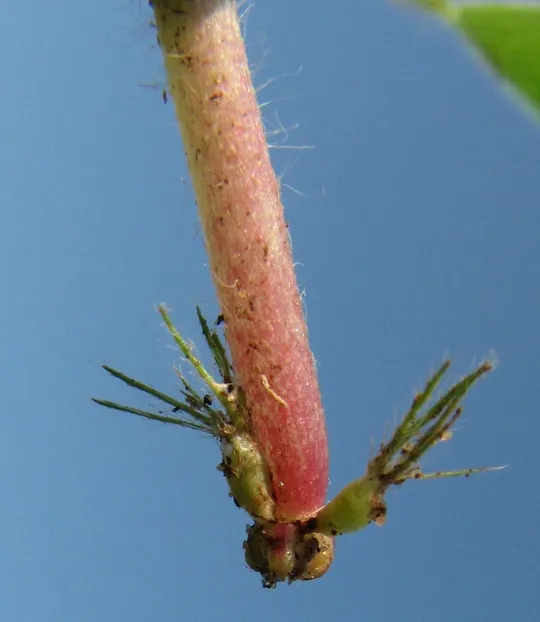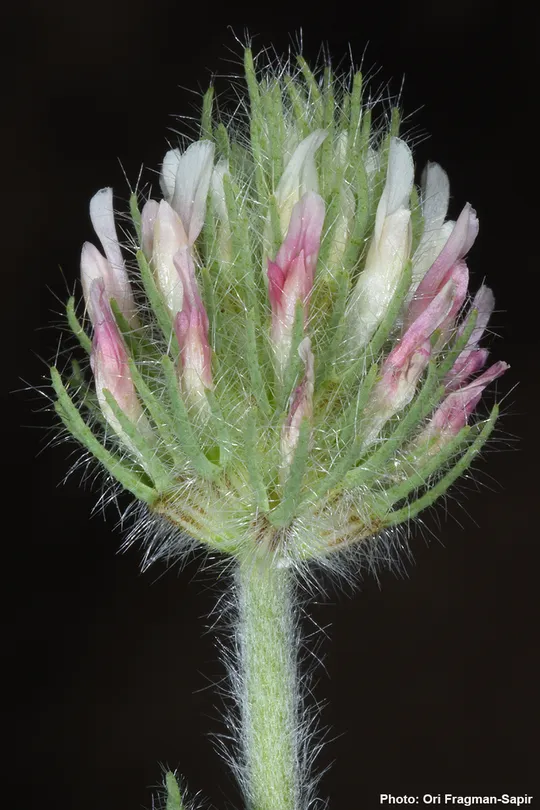Trifolium salmoneum
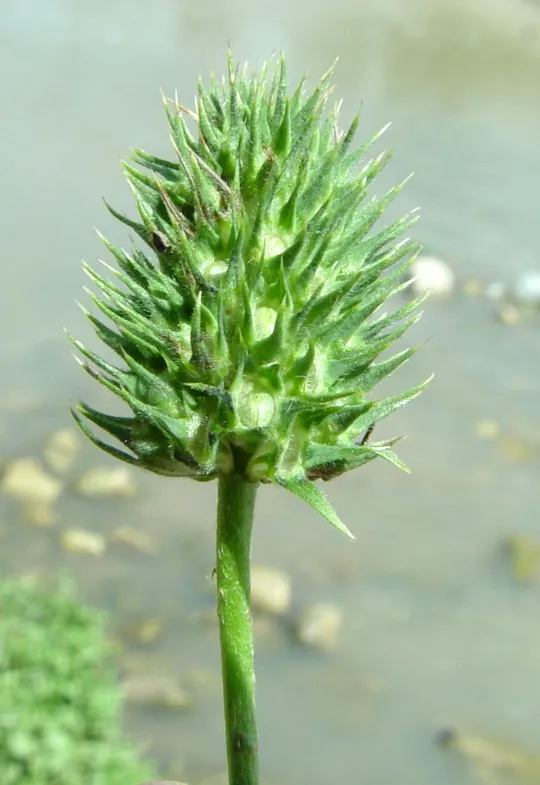
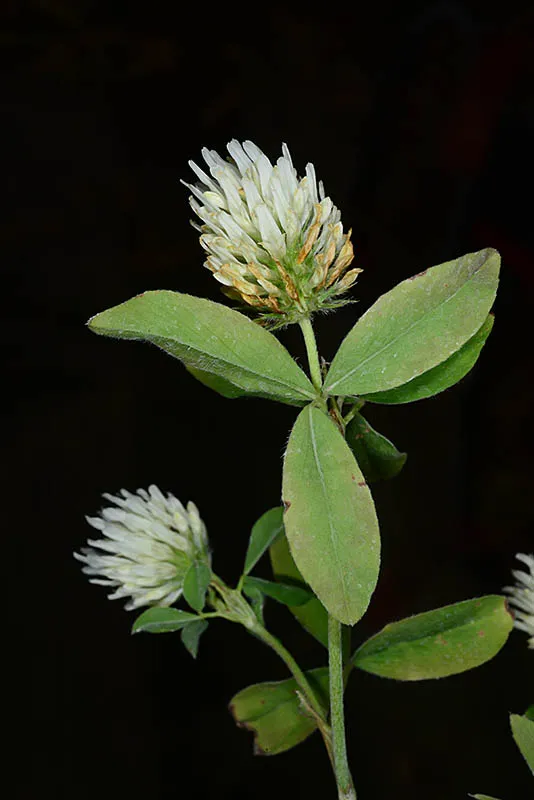
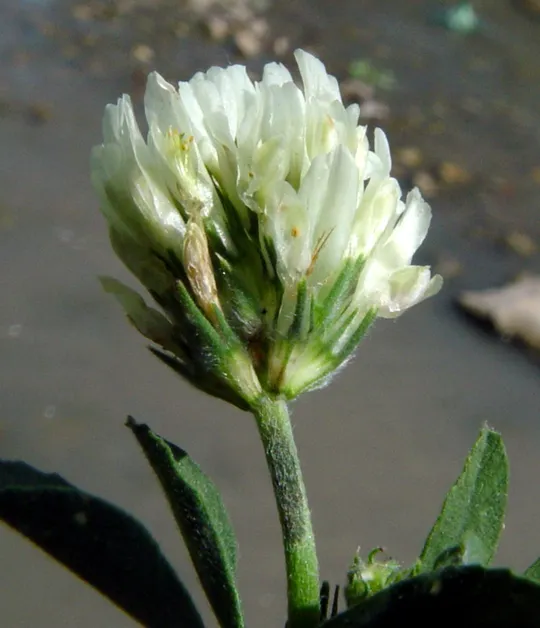
Trifolium
salmoneum now grows in the Hula Valley, in the Kinarot Valley, in
the Lower Galilee and in the northern Golan Heights, on a total of five sites
and it is extinct from five others. In the Hula Valley it grows in Ahu Gonen
and near Sde Nehamya and disappeared from the Bnot Ya’akov Bridge. In the
Kinarot Valley it is found in the Bet Tsayda Valley (Bet HaBek). In the Lower
Galilee it grows in the Tsipory Stream (requires additional authentication) but
is extinct from the HaSolelim region; in the northern Golan Heights it is found
at Banias. The Ahu Gonen at the foot of En Ela, is the “locus classicus" (the site
from which the official description was given) in which this form of the
species grew; Michael Zohari followed the local population for many years and
corresponded with the monk Mouterde from Beirut who first described the species
to science.
Stream banks and
springs, marsh edges and wetlands in the Mediterranean region of northern
Israel.
For the genus Trifolium – see T. micranthum.
T. salmoneum
belongs to the sub-section alexandrinum in the section Trifolium
which is a large and major group in the genus. The species in this sub-section
are characterized by white to cream colored flowers and a long corolla up to
double the length of the calyx and are very similar to the members of the T. purpureum group. This
group contains six species, of which five grow in Israel (T. berytheum, T.
vavilovii, T. salmoneum, T. alexandrinum
and T. meironense). The distinction between the species is extremely
difficult. One of the species, T. meironense, is a species given in the literature exclusively from Mount
Meron, which we did not succeed in identifying in the field and distinguishing
from other species of the group. The cultured species of Trifolium, a major forage grass, was developed from
this group.
·
The number of Trifolium
salmoneum sites, particularly in the Hula Valley, is
declining.
·
The vulnerability
of water bodies and other wetlands habitats in Israel to desiccation and
pollution is the main factor threatening the species, and the reason for its
extinction from some sites.
·
T. salmoneum is protected in the Bethsaida nature reserve; in the past, before it
became extinct there, it was also protected in Ahu Gonen.
·
T. salmoneum is endemic to Israel and Syria and its local threat status is equivalent
to its global threat.
It is extremely
important to maintain the variability of the Trifolium species
belonging to the T. alexandrinum sub-group from which the cultured Trifolium was developed, given that the
center of diversity of this subgroup is located in northern Israel. Taxonomic
molecular research should be conducted on the species in the group and to
re-characterize its taxonomic units and the spatial distribution pattern of its
morphological features in the region. Special reserves should be established
for the various centers of taxonomic groups in the genus, due to their
importance for the future development of forage plants in the world.
Trifolium
salmoneum is endemic to Syria and northern Israel. It
probably grows in Lebanon too, and possibly in southern Turkey
Trifolium
salmoneum is an annual plant of moist habitats in northern Israel.
The species is rare and the number of its sites is declining. T. salmoneum is endemic to northern Israel, Syria and Lebanon. The importance of its
conservation comes from its endemism and close relation to the Trifolium species that
are the ancestors of the cultured Trifolium.
שמידע, א. 1985. ממדף הספרים: מונוגרפיה של הסוג תלתן בעולם, מאת- מיכאל זהרי ודוד הלר. רתם 17: 54-72.
Zohary M. and D.Heller 1984, The Genus Trifolium. Israel Academy of Sciences an Humanities.
Current Occupancy Map
| 1000 squre meter pixel | 5000 squre meter pixel | 10000 squre meter pixel | |
|---|---|---|---|
| number of observations | 0 | 0 | 0 |
| in total pixels | 0 | 0 | 0 |
| Family | Fabaceae |
| Classification | On the endangered species list |
| Ecosystem | Mediterranean |
| Chorotype | Eastern Mediterranean |
| Conservation Site | Ahu Gonen |
| Rarity |
1
3
6
|
|---|---|
| Vulnerability |
0
1
4
|
| Attractiveness |
0
0
4
|
| Endemism |
0
3
4
|
| Red number |
1
4.2
10
|
| Peripherality | N |
| IUCN category | DD EW EX LC CR EN VU NT |
| Threat Definition according to the red book | Endangered |
 Based on:
Based on:
